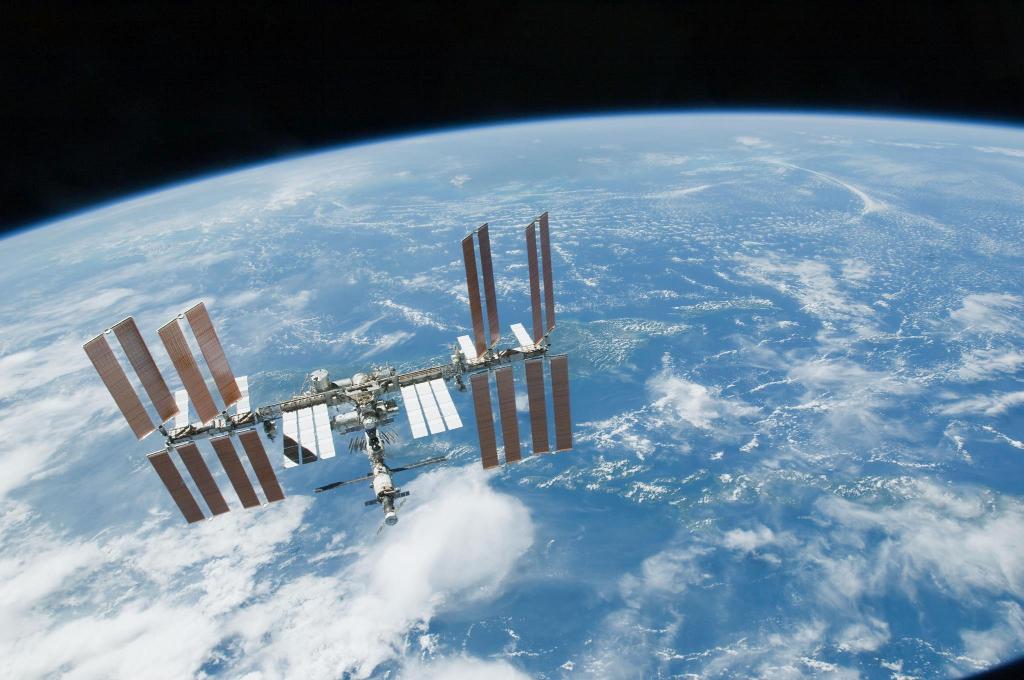Mars/ The red planet
credits: NASA
image from the Hubble Space Telescope, May 12
On May 30, 2016, tomorrow, the red planet Mars comes closer to Earth than it has been since November, 2005.
Great time to get a close-up look at Mars, even if you don't have a telescope. The next Mars Close Approach is July 31, 2018.
It lies 46.8 million miles (75.3 million km) from Earth on this date. This is Mars’ closest point for this year. That’s in spite of the fact that Earth passed between Mars and the sun (the martian opposition) on May 22.
The red planet is closer to Earth than it has been for 11 years. Yes, that's still a long way off, but sometimes Mars is 249 million miles (400 million kilometers) from Earth.
"Mars Close Approach is May 30, 2016. That is the point in Mars' orbit when it comes closest to Earth. Mars will be at a distance of 46.8 million miles (75.3 million kilometers). Mars reaches its highest point around midnight -- about 35 degrees above the southern horizon, or one third of the distance between the horizon and overhead. Mars will be visible for much of the night."
credits: NASA/JPL-Caltech
What does this close approach mean for sky watchers? It means Mars will appear bigger and brighter until June 3, according to NASA.
You don't need a telescope or binoculars to see Mars as it moves in for its close-up. In fact, you'll probably be able to find it without a star chart or an astronomy app.
Generally speaking, Mars is brightest in 2016 from about May 18 to June 3. It is now shining nearly on par with the planet Jupiter, and it’s not very often that Mars can match Jupiter in brilliance!
You might think Mars should be brighter when closest to Earth on May 30 than when it was at opposition on May 22. Although Mars is still plenty bright, it’s a tiny bit fainter than at its May 22 opposition. That’s because of something known as opposition surge. Mars directly reflects sunlight back to Earth at opposition, accentuating Mars’ brilliance. Before and after opposition, sunlight is reflected at a slightly slanted angle relative to Earth, thereby reducing Mars’ brightness.
Tonight’s close encounter between the Earth and Mars will be the closest until around the time of the Martian opposition on July 27, 2018.
Education:
Tomorrow, 30 May, the red planet Mars comes closer to Earth. Another awesome event to share with your students.
Most of us are excited about this. Sciences teachers and students. Skywatchers as well.
The last publishing has been on May 4: Science Education: Don't miss Eta Aquarid meteor shower, remember?
Teachers invite your students to be ready as skywatchers. Sciences curriculum will be enhanced with another spectacular event. Mars closest to Earth.
Earth/ Mars
credits: NASA
The Red Planet comes close enough for exceptional viewing only once or twice every 15 or 17 years.
Do you want a better science lesson ? Live science learning. Wow! No special equipment.
Activities:
Teachers, students can be skywatchers, and at the same time do some good shots, or videos with iPhones, smartphones or tablets.
The event will be discussed next Sciences lesson in the clasroom.
Resources:
- NASA : Mars in our Sky Night
- Twitter: @eartkskysicence ; @NASA
- EarthSky : Mars closest to Earth on May 30
- Close and far Martian oppositions
Event: Join Mark Zuckerberg to Connect with Space Station
Important!
Another interesting event near by. Your school class has an account on #Facebook?
"Join Mark Zuckerberg as he connects with the astronauts on the International Space Station to ask questions from you, the users of Facebook via a Facebook Live event on Wednesday, June 1 at 12:55pm ET/11:55am CT/10:55am MT/09:55am PT/16:55 UTC."
Mark Zuckerberg will ask your Questions (students) to astronauts on @Space_Station on June 1st 2016.
Submit Qestions now ! What an excitment!
29.05.2016
Copyright © 2016G-Souto'sBlog, gsouto-digitalteacher.blogspot.com®
Education : "Mars in our Sky Night" in sciences curriculum ? by G-Souto is licensed under a Creative Commons Attribution-NonCommercial-NoDerivatives 4.0 International License.
References:
NASA | Earth Sky




No comments:
Post a Comment